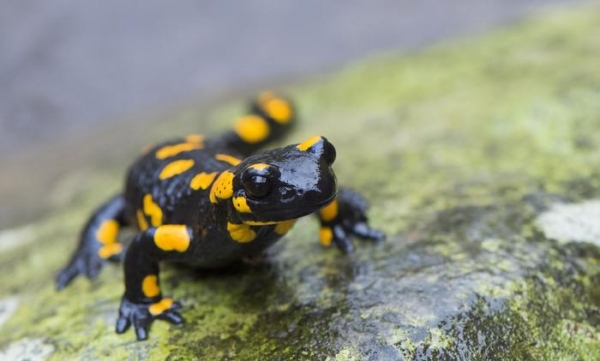Habitat loss, diseases, pollution, and climate change are already massively affecting amphibians – frogs, salamanders, and the caecilians native to tropical regions.
Habitat loss, diseases, pollution, and climate change are already massively affecting amphibians – frogs, salamanders, and the caecilians native to tropical regions. The new study from the Institute for Ecology, Evolution and Diversity shows that extreme weather events serve as an additional stress factor, further intensifying this crisis. For this purpose, the scientists analyzed global weather data from the past 40 years. They compared regions with significantly increased heat waves, droughts, and cold spells with the geographical distribution of more than 7,000 amphibian species and their threat status on the „Red List.“ The Red Lists are being published since 1964 by the International Union for the Conservation of Nature and Natural Resources (IUCN) and are considered an important tool for assessing the threat status of animal, plant, and fungal species worldwide.
Critical Interaction of Various Factors - The results are clear: where heat waves and droughts have increased, the threat status of amphibians on the Red List has also significantly deteriorated since 2004. „Amphibians‘ dependence on temporary wetlands for breeding makes them particularly vulnerable to droughts and temperature shifts that causes their breeding grounds to dry prematurely,“ explains Dr. Evan Twomey, lead author of the study. „Our analyses show the direct connection between the increase in extreme weather events and the decline of amphibian populations.“
Read more at: Goethe University Frankfurt
The fire salamander native to Europe is one of many species that depend on sufficient moisture. (Photo Credit: Daniel Rosengren/Frankfurt Zoological Society)




